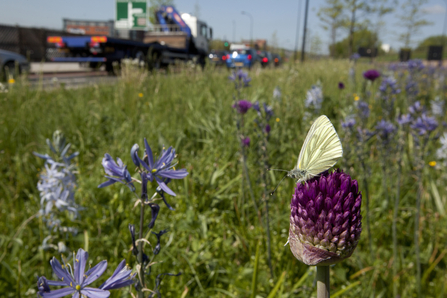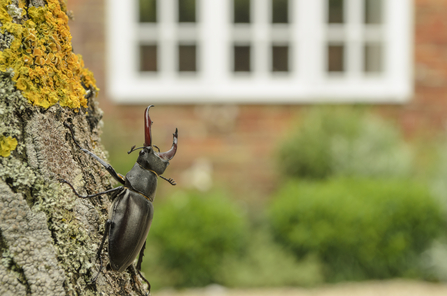Unfortunately, life gets in the way. Planning is complicated and Local Planning Authorities have been drained of resources. And now we are embarking on another wave of planning reform – this time a seismic change and one that could see a weakening of protections for wildlife. The new planning reforms propose the setting up of three zones: a growth zone (where it’s pretty much a free for all in terms of development); a renewal zone (which encourages ‘gentle densification’, whatever that means); and a protection zone (for protected areas, including local wildlife sites).
This kind of zoning is not unusual and works well in some other countries. But the devil is in the detail. Zoning can’t work unless you have the right information on which to base your decisions. I’m proud that at GWT we’ve led the way in developing Nature Recovery Network maps – and now we are supporting our Local Nature Partnership to produce natural capital maps. That’s a lot of jargon to say that we now have maps that demonstrate how we can help nature to recover in the county. We just need to make sure that they are used. We also want to make sure that wildlife records, collected by amateur naturalists across Gloucestershire and collated by the Gloucestershire Centre for Environmental Records here at GWT, are integrated into that process. Despite all of this there are still gaps in our knowledge and site surveys remain vital to prevent losing unrecorded wildlife and habitat. For zoning to work, evidence is key – and there’s nowhere near enough support or recognition for this in the proposals.



